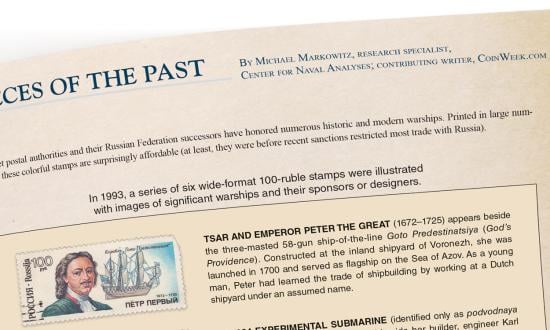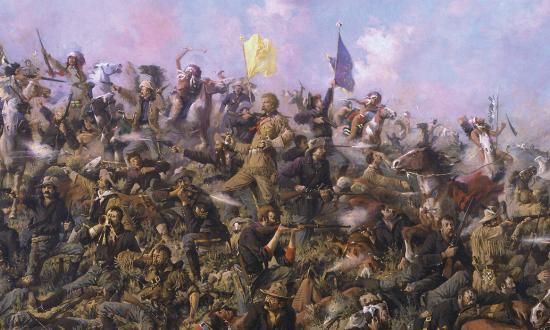When Lieutenant (junior grade) Corwin Mendenhall Jr. received word that he had been promoted to lieutenant, he was a long way from a Navy uniform shop. Mendenhall was the torpedo and gunnery officer on board the submarine USS Sculpin (SS-191). News of his promotion arrived by radio message on 19 June 1942, while the Sculpin was on a war patrol in the South China Sea.
Commanded by Commander Lucius Chappell, the Sculpin began her fourth war patrol from Fremantle, Australia, on 29 May 1942. In the first weeks of the patrol, the submarine made several attacks on Japanese shipping, sank or damaged three ships, and endured a depth charge attack and a ramming attempt. On the day of Mendenhall’s promotion, the Sculpin attacked and damaged a cargo vessel.
None of the lieutenants on board had an extra collar device to give the brand-new lieutenant. The situation required ingenuity. When Mendenhall had been promoted to lieutenant (junior grade) during the Sculpin’s third war patrol, Auxiliaryman Ernest Baldwin had converted his ensign’s gold bar to a silver one by grinding off the gold finish.
Mendenhall called on Baldwin again, and they began to cut away at an Australian silver coin called a florin. The obverse of the florin showed a profile of King George VI, and the reverse displayed the Australian crest bordered by a kangaroo and an emu. Importantly, the florin had the right dimension, about an inch, to become lieutenant’s bars.
When they were finished, they had worked the florin into homemade, but recognizable, lieutenant’s railroad tracks. They didn’t grind away the king’s profile, so an altered George VI now graced the front of Lieutenant Mendenhall’s new collar insignia.
The Sculpin returned to Fremantle on 17 July. For months, Lieutenant Mendenhall continued to wear what must have been the most distinctive lieutenant collar device in the Pacific fleet. However, he had to retire the insignia when a regulation-bound captain ordered him to get standard-issue bars.
Lieutenant Mendenhall’s naval career prospered, and he retired as a rear admiral in 1959. He passed away in 2006 and is buried in Arlington National Cemetery.
In 1991, Rear Admiral Mendenhall visited the Submarine Force Museum in Groton, Connecticut, and donated his Australian-florin lieutenant bars. The soldered clasp he describes in his book Submarine Diary has fallen off, but the profile of King George VI, the kangaroo, and the emu remind us of the courage of World War II submariners and the bonds of friendship between the United States and Australia in the Pacific conflict.
The Submarine Force Museum is the U.S. Navy’s official museum for submarine history. Besides an extensive collection of submarine-related objects and books, the museum includes the museum ship USS Nautilus (SSN-571), the world’s first nuclear-powered submarine.
My sincere thanks to Stephen Finnigan, supervisory curator of the museum, and his staff for their assistance in preparing this article.
—William Galvani







